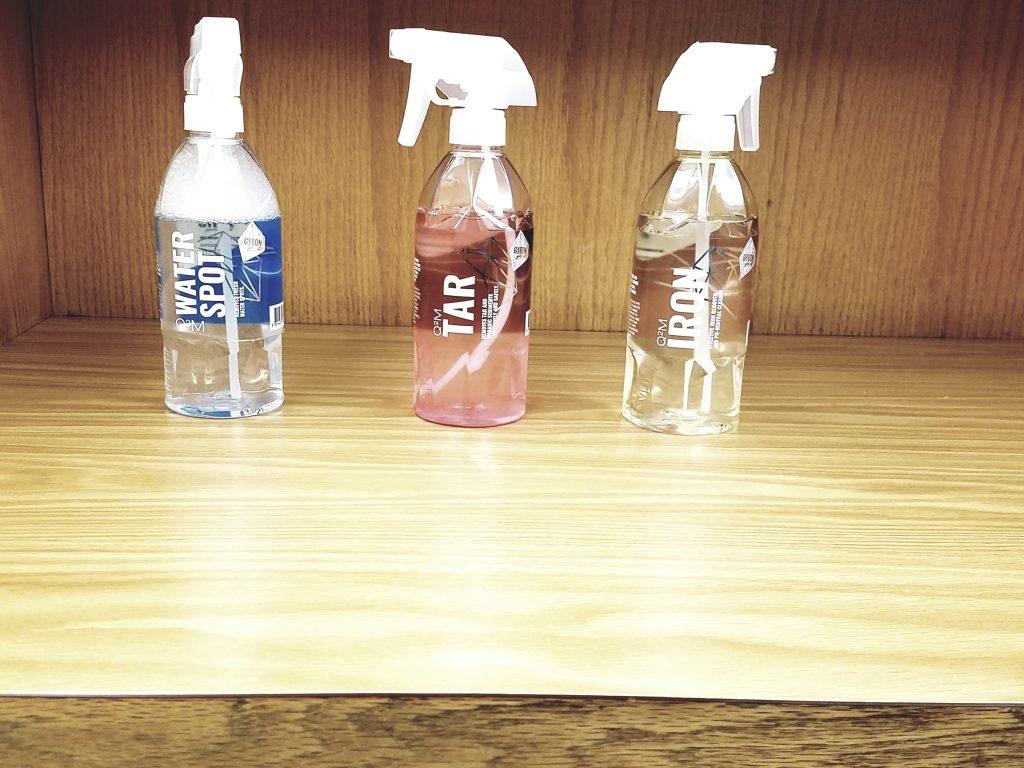Table of Contents
- Experts Emphasize Mild Soap and Water as Primary Decontamination Method
- Scientific Evidence Supports Effectiveness and Safety of Mild Cleansing Agents
- Guidelines for Proper Use of Mild Soap and Water in Various Settings
- Expert Recommendations for Integrating Mild Soap Use into Daily Hygiene Practices
- In Conclusion
Experts Emphasize Mild Soap and Water as Primary Decontamination Method
Health professionals and scientific studies consistently highlight the superiority of using mild soap combined with water in removing contaminants from skin and surfaces. Unlike harsh chemical agents, mild soap effectively breaks down oils and particles without causing irritation or damage, making it the recommended first step in any decontamination process. This gentle yet thorough cleansing action not only removes visible dirt but also serves as a critical barrier against the transmission of pathogens.
Key advantages emphasized by experts include:
- Wide accessibility: Mild soap and water are readily available and affordable, ensuring that everyone can practice proper hygiene.
- Safety profile: Its non-toxic nature prevents skin drying and allergic reactions often seen with stronger disinfectants.
- Environmental friendliness: Biodegradable formulas minimize ecological impact compared to chemical alternatives.
- Effectiveness: Scientifically proven to reduce microbial load significantly when used correctly.
Scientific Evidence Supports Effectiveness and Safety of Mild Cleansing Agents
Recent studies have confirmed that using mild cleansing agents, such as gentle soaps combined with water, provides an effective barrier against a wide range of contaminants. These agents are formulated to remove dirt, oils, and microbes without disrupting the skin’s natural protective layer. Unlike harsh chemical alternatives, mild soaps maintain skin integrity, reducing irritation and dryness-a critical factor in ensuring consistent and frequent hand hygiene practices.
Key benefits highlighted by researchers include:
- Safe for all skin types: Suitable for children and individuals with sensitive skin.
- Maintains natural skin barrier: Prevents microfissures that can harbor pathogens.
- Proven antimicrobial efficacy: Effectively reduces both viral and bacterial load on the skin surface.
- Encourages compliance: Comfort and gentleness lead to more regular hand cleansing habits.
Guidelines for Proper Use of Mild Soap and Water in Various Settings
Employing mild soap in combination with water remains one of the most effective and accessible methods of decontamination across diverse environments. In healthcare settings, it is crucial to adhere to proper handwashing techniques that involve scrubbing with mild soap for at least 20 seconds, ensuring thorough coverage of all hand surfaces. Similarly, in food preparation areas, mild soap and water effectively remove grease, dirt, and microorganisms without compromising skin health, making it an essential practice for preventing contamination. It is strongly recommended to use lukewarm water, as excessively hot water can irritate the skin, thereby reducing compliance with hygiene protocols.
Best practices include:
- Ensuring soap lathers well and is evenly distributed over hands or surfaces.
- Rinsing thoroughly under running water to eliminate residual soap and contaminants.
- Drying with clean, disposable towels to minimize the risk of recontamination.
- Using mild, pH-balanced soaps to maintain the natural skin barrier, especially for frequent use.
Expert Recommendations for Integrating Mild Soap Use into Daily Hygiene Practices
Experts emphasize the importance of incorporating mild soap into your daily hygiene routine to maintain skin health while ensuring effective cleanliness. They advise selecting products free from harsh chemicals and fragrances to minimize irritation and protect the skin’s natural barrier. For optimal results, it’s recommended to use lukewarm water combined with gentle, circular motions during handwashing or bathing, which enhances the soap’s decontamination efficiency without compromising skin moisture.
To seamlessly integrate mild soap into everyday practices, professionals suggest adhering to a few key guidelines:
- Consistency: Wash hands regularly, especially after contact with high-touch surfaces and before meals.
- Duration: Spend at least 20 seconds thoroughly cleansing to ensure effective removal of contaminants.
- Moisturization: Follow up with a suitable moisturizer to prevent dryness caused by frequent washing.
- Product Choice: Opt for dermatologist-recommended mild soaps verified for both cleansing efficacy and skin safety.
In Conclusion
In conclusion, health experts consistently emphasize that mild soap and water remain the most reliable and accessible solution for effective decontamination. As new contaminants continue to emerge, this simple yet powerful method provides a foundational defense against the spread of harmful substances. Individuals and institutions alike are encouraged to prioritize these basic hygiene practices, ensuring a safer and healthier environment for all.Check Our Other Blogs
- StunGun – Your Trusted Source for Stun Guns, Laws, and Self-Defense Tips
- PepperSprayLaws – Your Trusted Resource for Pepper Spray Information
- StunGunLaws – Your Trusted Guide to Stun Gun Legality and Safety




